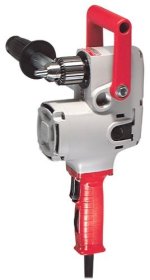Our newly acquired 2006 22 Cruiser sat in front of a houseboat in fresh water for the last 2 years. I've got lots of cleaning supplies (3M Restore & Was, 3M Color Restorer, rubbing compound, etc.) but not a lot of time to work on/around the boat since it's miles away from our house and we're busy most weekends. The 2 years in the water wasn't hard on the boat, and no water was detected in the hull or transom, but it did mean the boat was uncovered, so the finish is chalky, and the 3 inches above the waterline/bottom paint have a stubborn green coloring.
I have to do some work soon to fill/repair holes where hardware was removed and that's going to take a lot of the time I do have. So I'm considering paying someone to do the detail this one time and then take over myself from then on. Or maybe I should hire out the gelcoat repairs first and then put in time spiffing up the boat myself.
Have any of you paid for a boat clean/detail? How much should I expect to pay, and is it worth it? Since we're planning on keeping the boat covered on a trailer, I'm thinking that after an initial deep cleaning/waxing, my finish maintenance duties will be a lot less intensive.
Thanks!
I have to do some work soon to fill/repair holes where hardware was removed and that's going to take a lot of the time I do have. So I'm considering paying someone to do the detail this one time and then take over myself from then on. Or maybe I should hire out the gelcoat repairs first and then put in time spiffing up the boat myself.
Have any of you paid for a boat clean/detail? How much should I expect to pay, and is it worth it? Since we're planning on keeping the boat covered on a trailer, I'm thinking that after an initial deep cleaning/waxing, my finish maintenance duties will be a lot less intensive.
Thanks!


